Description
Engage your students with activities and content readings on The Civil Rights leaders in Texas – all offered as an independent work packet or for Distance Learning with Google Slides. Students will research a Civil Rights leader with the readings provided and then create a Character Collage of their leader.
This resource includes a paper version and a 1:1 Google version to be used with Google Classroom. On the first page will be a link that will have you make a copy of the Google Doc, so be sure to be signed in to your Google account. You can then share directly with your students.
You’ll receive:
-6 pages of informational text (James L. Farmer Jr., Hector P. Garcia, Oveta Culp Hobby, Lyndon B. Johnson, Jane McCallum, and Lulu Belle Madison White),
–Cartoon Notes graphic organizers, and
–a template for the Character Collage.
⭐Please download the preview to see more information on this resource. ⭐
2019 TEKS for 7th Grade Texas History
7.7 History. The student understands how individuals, events, and issues shaped the history of Texas during the late 19th, 20th, and early 21st centuries. The student is expected to:
(D) describe and compare the civil rights and equal rights movements of various groups in Texas in the 20th century and identify key leaders in these movements such as James L. Farmer Jr., Hector P. Garcia, Oveta Culp Hobby, Lyndon B. Johnson, the League of United Latin American Citizens (LULAC), Jane McCallum, and Lulu Belle Madison White
(E) analyze the political, economic, and social impact of World War I, the Great Depression, World War II, and significant issues in the latter half of the 20th and early 21st centuries such as political and economic controversies, immigration, and migration on the history of Texas
7.20 Social studies skills. The student applies critical‐thinking skills to organize and use information acquired through established research methodologies from a variety of valid sources, including technology. The student is expected to:
(A) differentiate between, locate, and use valid primary and secondary sources such as media and news services, biographies, interviews, and artifacts to acquire information about Texas
(B) analyze information by applying absolute and relative chronology through sequencing, categorizing, identifying cause‐and‐effect relationships, comparing, contrasting, finding the main idea, summarizing, making generalizations and predictions, and drawing inferences and conclusions
(C) organize and interpret information from outlines, reports, databases, and visuals, including graphs, charts, timelines, and maps
Please review all product descriptions and previews. If you have a question, contact me before you purchase at SocialStudiesSuccess1@gmail.com. As this is a digital product, all sales are final.
❤️ Dawn


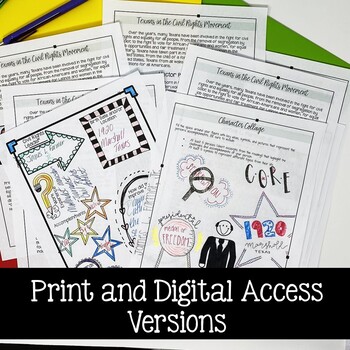
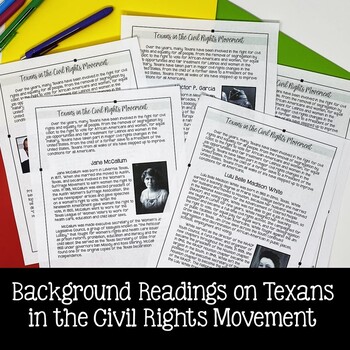


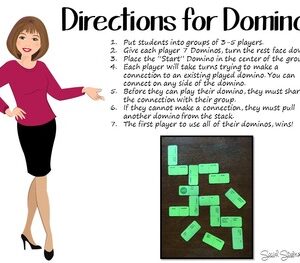

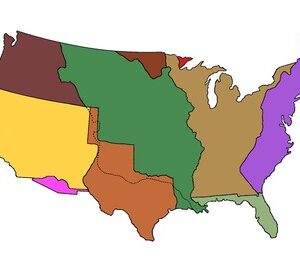


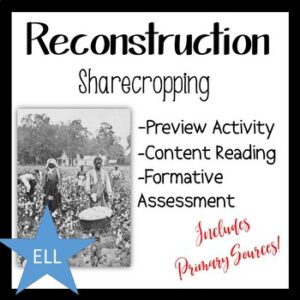
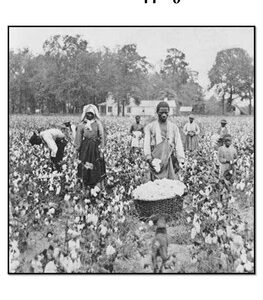
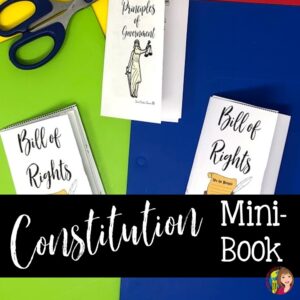

Reviews
There are no reviews yet.